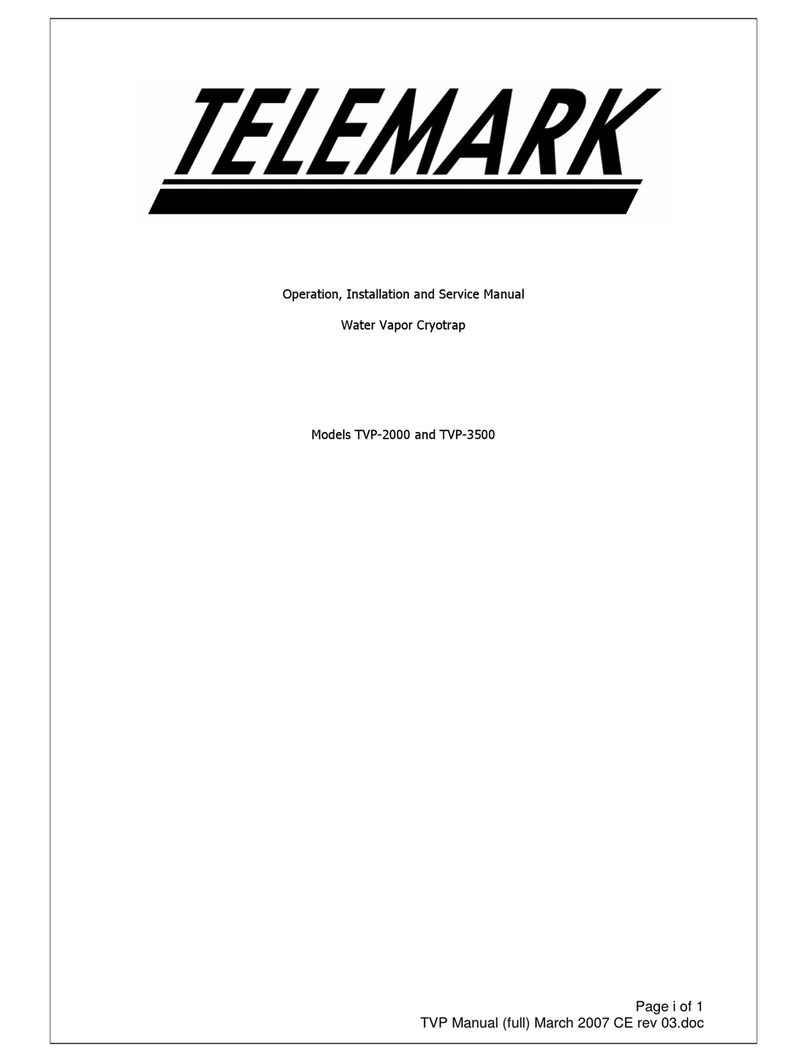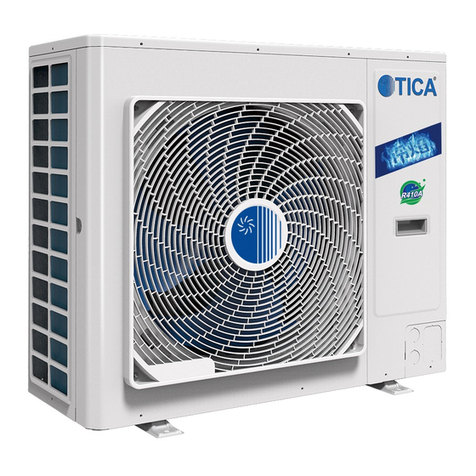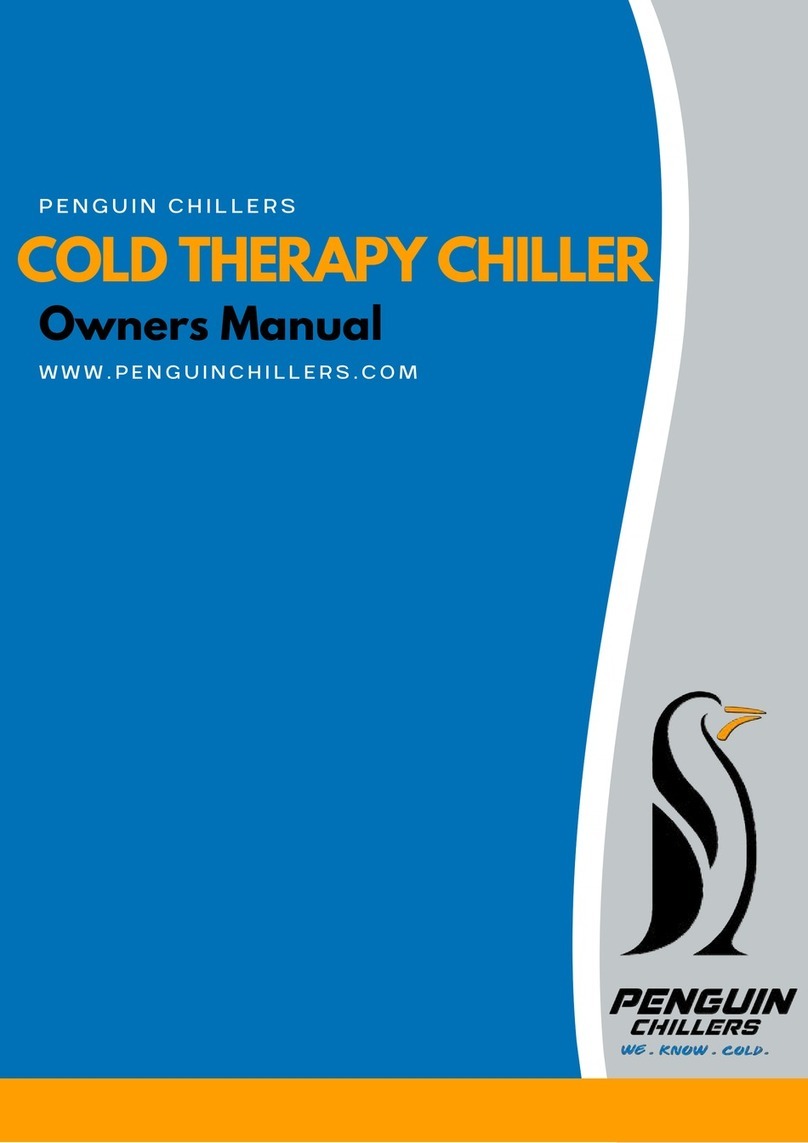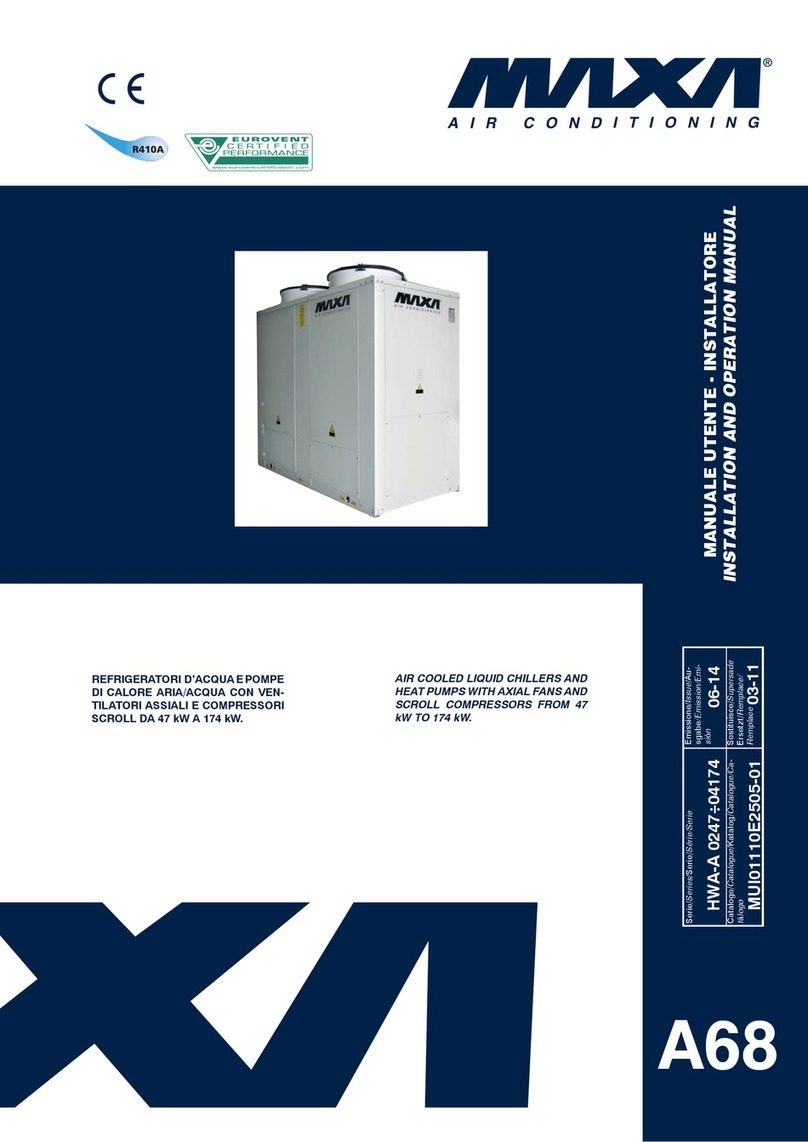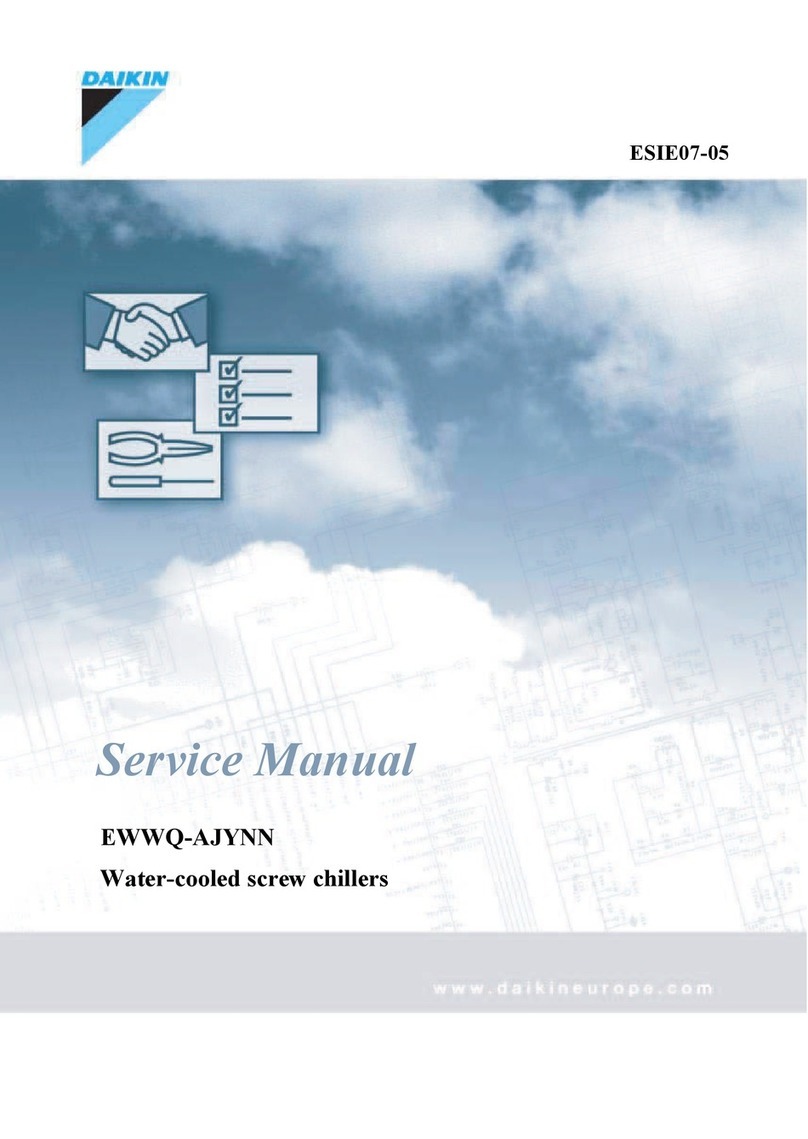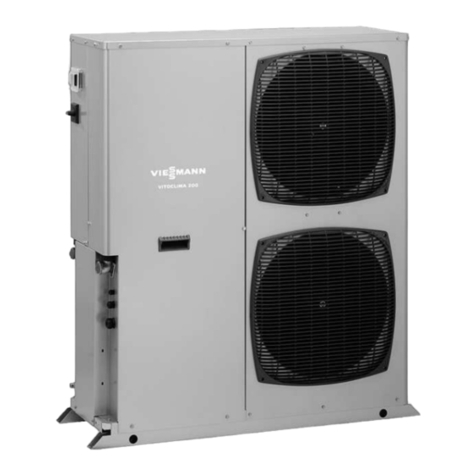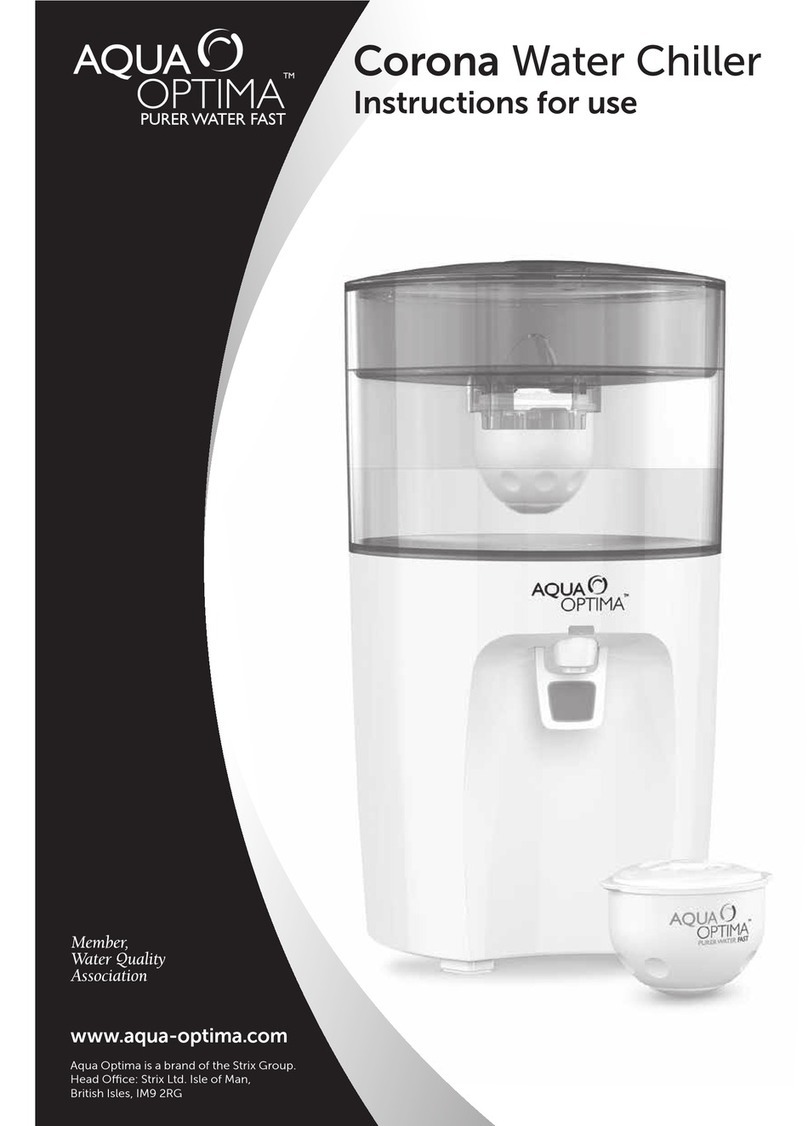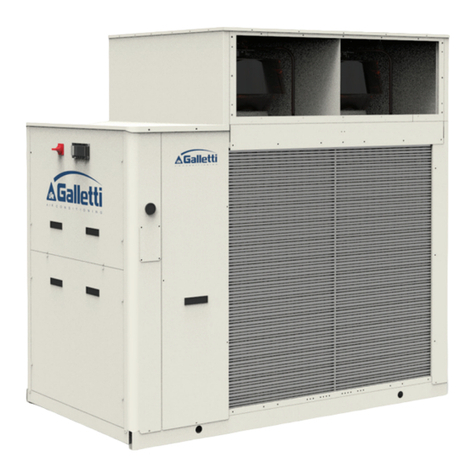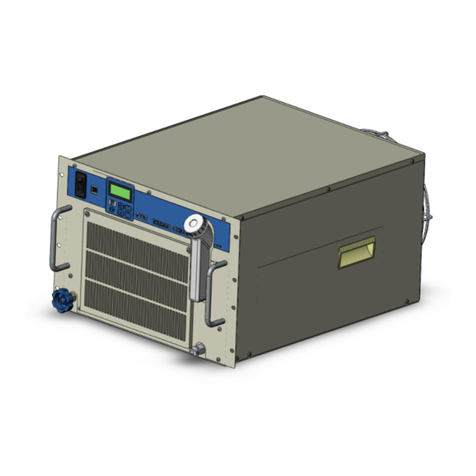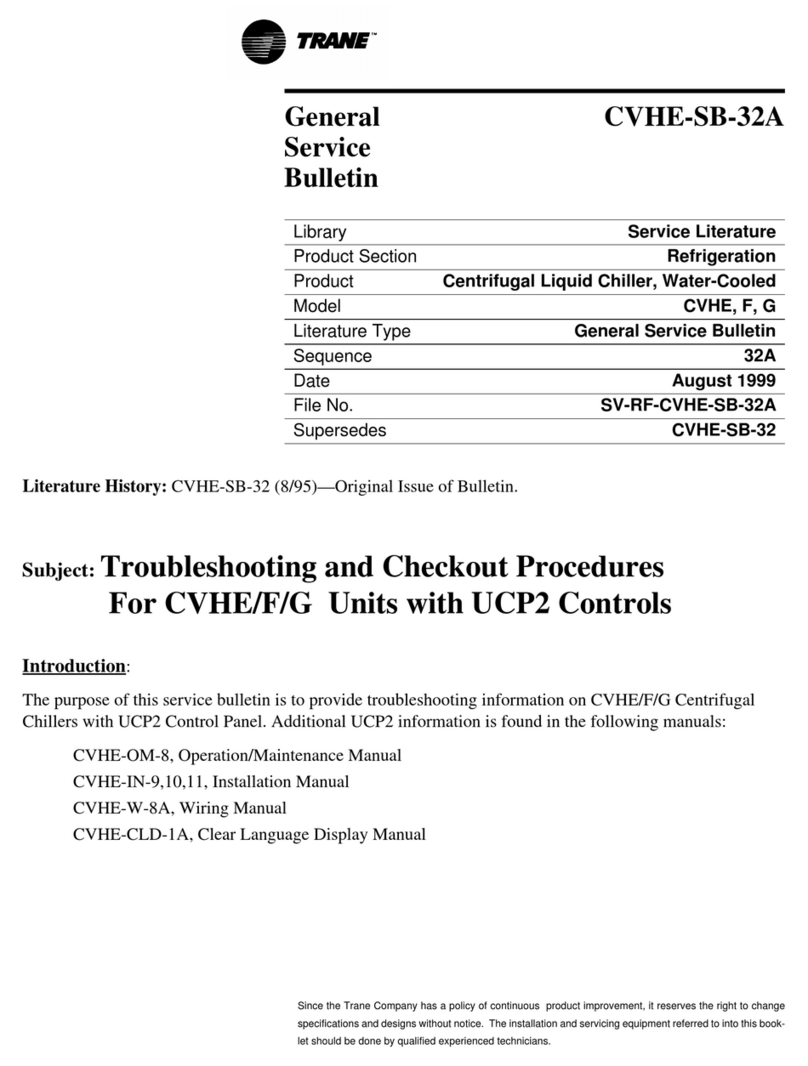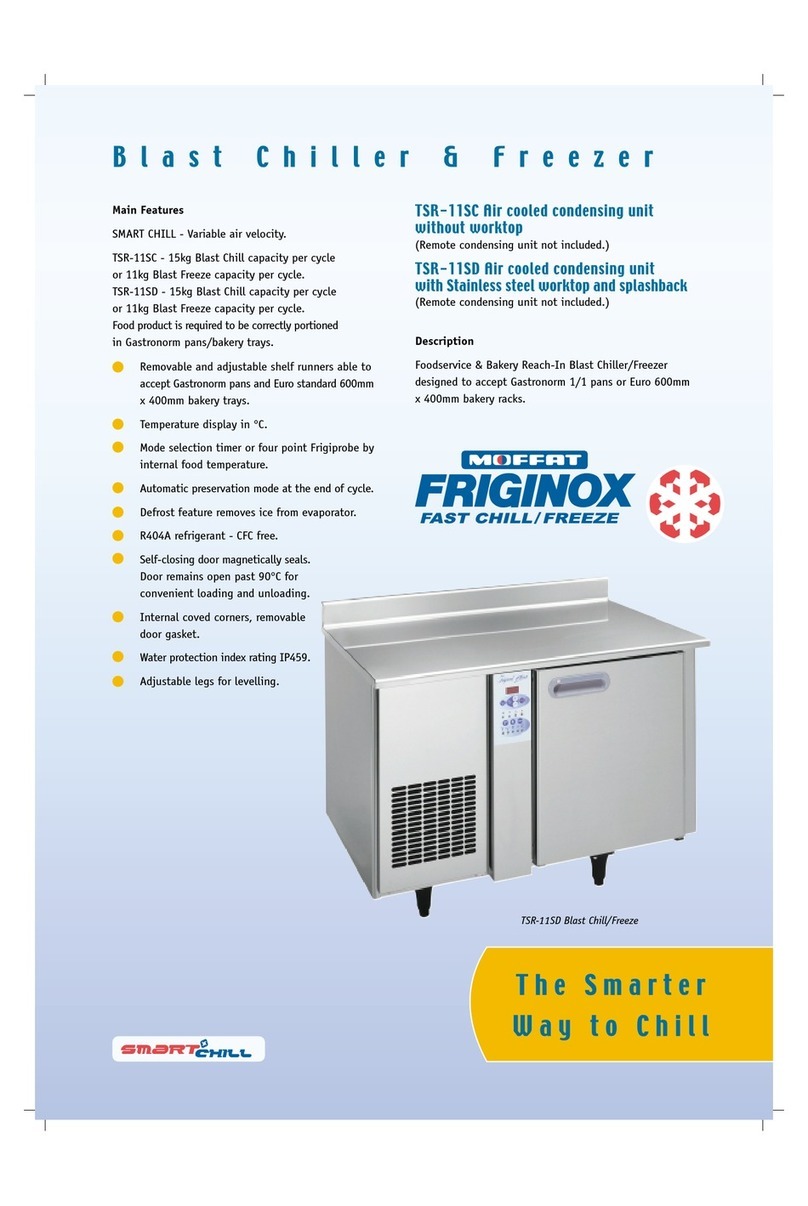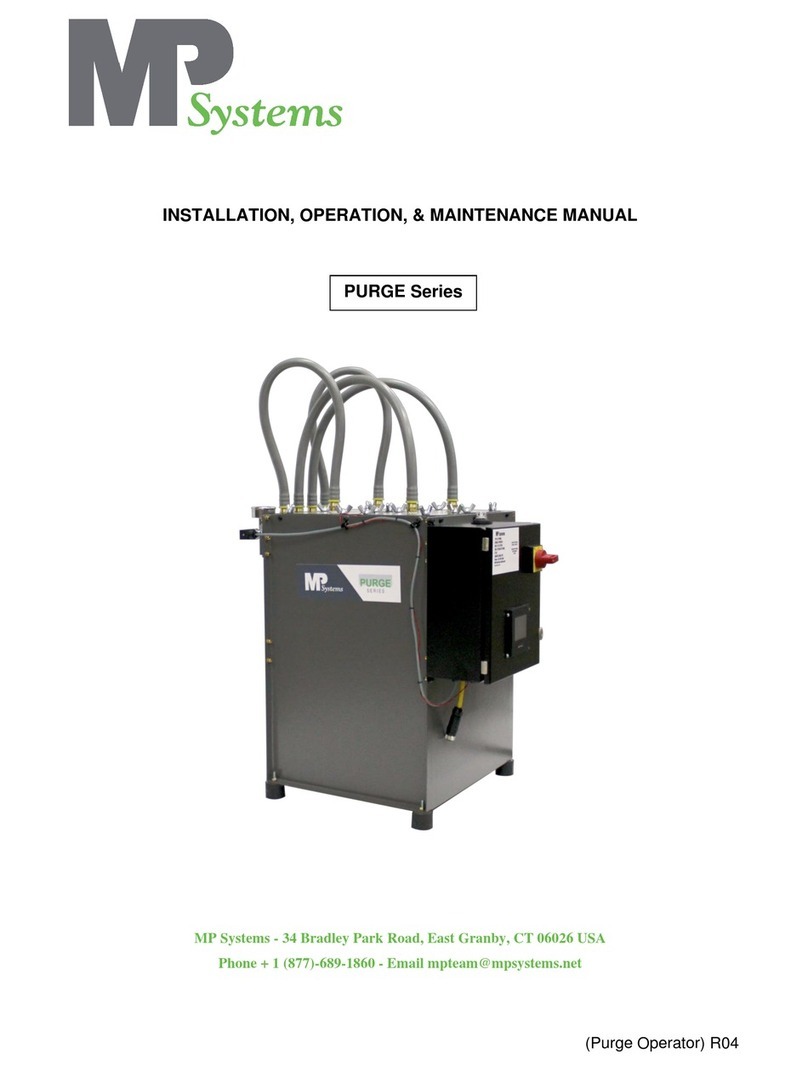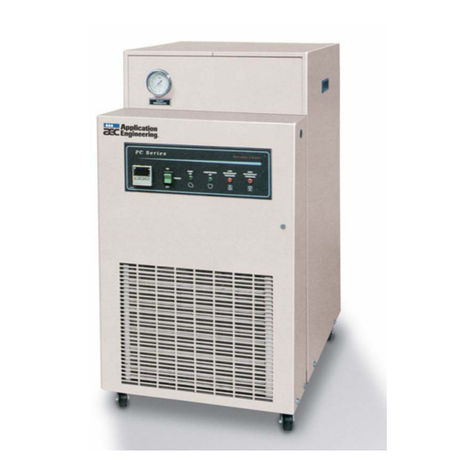Please follow these safety instructions closely to prevent accidents and
material losses.
Safety instructions explained
Danger
This symbol warns against the
risk of injury.
!Please note
This symbol warns against the
risk of material losses and
environmental pollution.
Note
Details identified by the word "Note"
contain additional information.
Target group
These instructions are exclusively
designed for qualified personnel.
&Work on the refrigeration circuit
must only be carried out by qualified
and authorised refrigeration engi-
neers.
&Work on electrical equipment must
only be carried out by a qualified
electrician.
&The system must be commissioned
by the system installer or a qualified
person authorised by the installer.
Regulations
Observe the following when working
on this system
&all legal instructions regarding the
prevention of accidents,
&all legal instructions regarding
environmental protection,
&the Code of Practice of relevant
trade associations.
&all current safety regulations as
defined by DIN, EN, VDE and all
locally applicable standards
Working on the system
&Isolate the system from the power
supply and check that it is no longer
'live', e.g. by removing a separate
fuse or by means of a main isolator.
&Danger
Contact with 'live' compo-
nents can lead to severe inju-
ries. Some components on
the PCBs will remain 'live'
even after the power supply
has been switched OFF.
&Prior to removing equipment
covers wait at least 4 min. to
allow the voltage to dissi-
pate.
&Safeguard the system against
unauthorised reconnection.
!Please note
Electronic modules can be
damaged by electrostatic dis-
charges.
Touch earthed objects, such as
heating or water pipes, to dis-
charge static loads.
